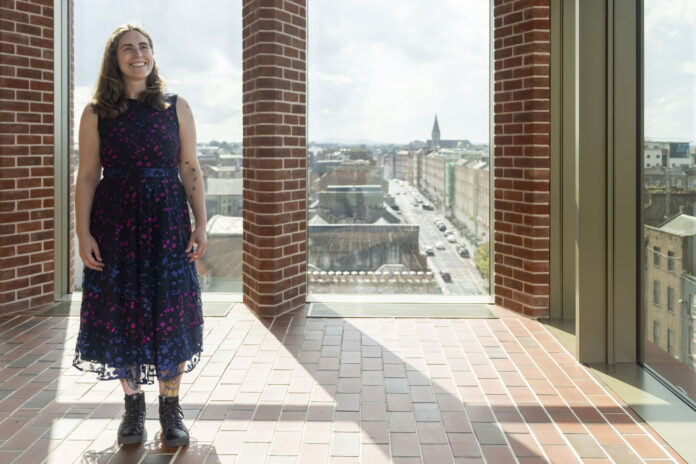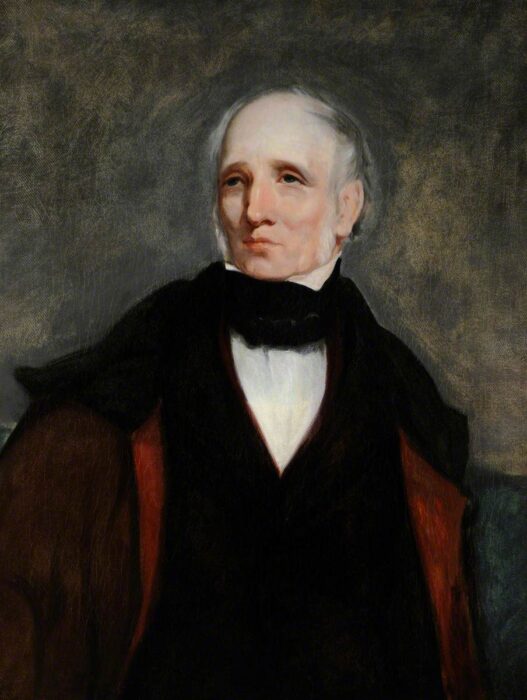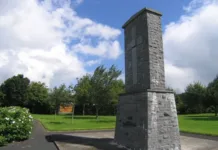
ON AUGUST 29, 1829, Dublin Bay witnessed the arrival of one of the most celebrated poets of the era, William Wordsworth. The world-renowned wordsmith, whose work still stands strong today in the literary canon for his evocative and profound depictions of nature, found himself profoundly underwhelmed by his surroundings on his Irish sojourn – most particularly his time in Limerick City, writes award-winning historian Sharon Slater.
William Wordsworth, born in 1770 in Cockermouth, England, was a central figure in the Romantic movement, known for his deep connection to nature and his exploration of human emotion through poetry.
His poetic works often celebrated the beauty and simplicity of the natural world, which he believed had the power to elevate the human spirit. His reverence for the natural landscape is evident in much of his work, making his journey to Ireland, with its rugged and untamed scenery, particularly significant.
His journey through Ireland was spurred by an invitation from Sir William Rowan Hamilton, Astronomer Royal and Professor of Astronomy at Trinity College, Dublin, who believed that the rustic scenery of his homeland would surely inspire the poet, known for his vivid descriptions of nature.
Two years prior, Wordsworth and Hamilton had crossed paths during a walking holiday in England’s picturesque Lake District. Alongside them on this trek was Alexander Nimmo, the visionary civil engineer who would go on to design Limerick’s iconic Sarsfield Bridge (the bridge itself, originally called Wellesley Bridge, was under construction during Wordsworth’s visit to Ireland). Although there was an age difference of over 30 years, Wordsworth and Hamilton form as fast friendship.
Wordsworth had initially planned to visit his friend two weeks earlier, but the steamship he intended to board to Dublin had been driven ashore and would not budge. Once he did make it across the Irish Sea, Wordsworth went directly to his friend’s house while his travel partners –John Marshall, a Member of Parliament, and his son – amused themselves around Dublin for a few days.

The group began their tour of Ireland in a carriage pulled by four horses. They journeyed southwards to Cork before heading west to take in the lakes around Killarney.
Despite his 59 years, the poet displayed remarkable vigour, even ascending the summit of Carrauntoohil, Ireland’s highest peak. This feat was just one of many memorable experiences during his Irish sojourn.
‘A large uninteresting town’
As he travelled from Kerry to Limerick (via Askeaton, where he spent the night) and Adare he noted some peculiar scenes on the road.
Firstly, a hearse with white plumes with a driver wearing a white hat band and a group of women sending up ululations.
From there the group encountered an overdressed lady on a donkey, by her side walked a gentleman carrying a huge lap dog in his arms, accompanying them were three or four young ladies “all in full feather”.
While approaching Limerick, Wordsworth found himself entranced by the majestic Shannon River. Its wide, meandering waters reminded him of the Rhine in Germany, which he had visited just a year earlier.
Yet, despite the river’s allure, Limerick itself failed to charm the poet. In a letter to his sister Dorothy, he described the city as a “large uninteresting town – and I wish we were out of it”.
His disappointment might have been compounded by the relentless rain, which he noted in his letter as “raining hard now, and has done so all day”, although for the most part the weather in Ireland was in his favour.
Moving on to Castleconnell on September 16, where Wordsworth after breakfast proceeded to the falls of Doonass. Here he expressed his astonishment at the beauty of the Limerick countryside, writing it is “a very agreeable village situated on the banks of the Shannon … on a bold limestone rock stand and lie the remains of an old castle overgrown or richly hung with ivy – the whole landscape exceedingly pleasing”.
Castleconnell was a well-known spa town and a frequent stop on the tourist trail even in 1829. Its waters were purported to be treatments for “ulcers, bilious complaints, obstruction in the liver, and jaundice”.
This was Wordsworth’s first and only visit to Ireland. Although generally disappointed at the Irish landscape, he did note that the Irish people “present a perpetual subject for thought and reflection”.










